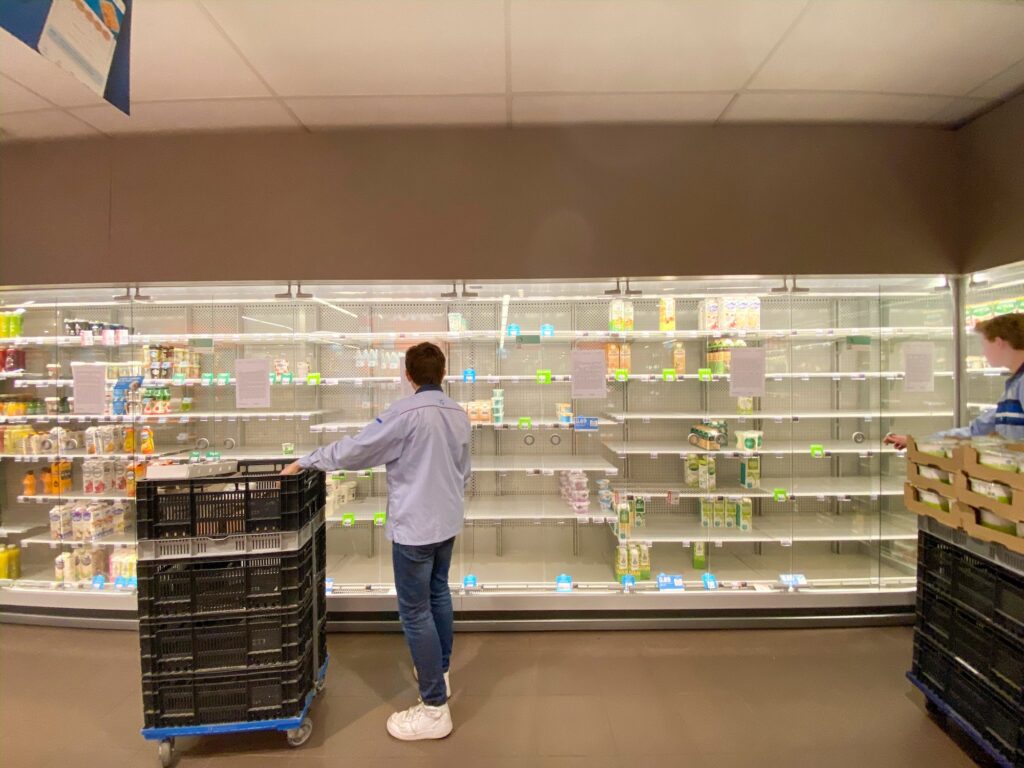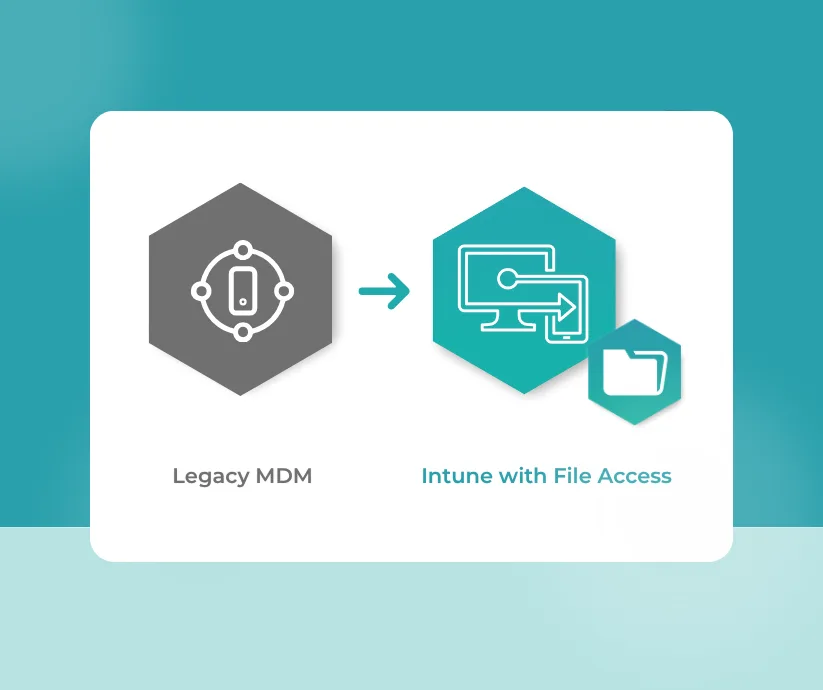We have all been immensely impacted by technology, it is no abnormality. However, we do take this technology for granted nowadays. As consumers, we expect changes, innovation, and efficiency because that’s how we have been evolving as a species in the first place.
As something was invented, with time it was modified with the aim of making it even better. From a business perspective, these changes come as a surprise or are looked down on by large corporations. Today, we can see who is winning or who is prone to losing. Companies not adapting to customers’ preferences and technology often see shrinking numbers, or worse, encounter bankruptcy sooner or later.
The ones who don’t adapt fall behind
A perfect example is Shopko, which was the go-to discounter in the 1980s for many Americans. Sadly, they had to close down in January of 2019. The CEO of the company stated that the reason for the closure was high costs to maintain the infrastructure in comparison to Amazon or Walmart. Additionally, it could no longer compete with Walmart’s cheap prices of pharmaceuticals.
As it is sad to see established brands be eradicated in such a short time, it shows you more than ever how important it is to adapt to your environment. What today is the standard may be deprecated tomorrow.
Nevertheless, you need to see the full picture. The reason for Walmart’s success lies within economies of scale, but not only! Walmart is amongst one of the most innovative firms when it comes to the retail segment. They invest heavily in solutions cutting costs for the firm as well as digitalize useless business processes – an idea that is understood to be the only way to survive as a retailer in today’s fiercely competitive market.

The phone in the retail space
When the first phones and tablets were released, retailers were not very familiar with the technology and its applicability. Today, most activities are tracked digitally through smartphones in the retail space. From the logistics centre to the employee filling shelves, they make use of applications to keep track of the supply chain in order to keep the lead times as short as possible and to avoid understocking or overstocking. The phone has often become the only driver for the employees and helps them become as flexible and efficient as possible.
A blocker that causes downtime
Whenever an employee opens up a company app, they have to authenticate with username and password. This doesn’t take too long, for sure – but when you are asked to do it over and over again, the number certainly adds up and such a small process can really break the workflow of employees which can then have knock-on effects throughout the day.
A Single Sign-On solution would be useful in this situation since it eliminates the need to enter a username and password, and hence, saves time.
But most companies have chosen a Hybrid setup. In such an environment, an overall Single Sign-On solution cannot simply be implemented.
So why choose a hybrid setup in the first place?
The reason for choosing a hybrid setup is that companies shouldn’t be too keen on putting all information on the cloud (or third party systems). Important details regarding numbers, strategies and client/employee information should be stored locally, giving you as an enterprise the power to keep it secure.
Hypergate in the retail market
Until recently, there was no real way to avoid repetitive authentication; you just had to insert your password over and over again to access applications.
However, with the use of our Hypergate Authenticator, this is history. This is a software that allows your employees to be flexible and offers Single Sign-On in a hybrid and on-prem setup.
Hypergate leverages the Kerberos technology, which is regarded as the authentication standard in the active directory field.
In truth, Hypergate offers even more than just SSO on your device. For example, if there is an issue with the password of a user, this can be varied and changed by them directly on their device, without contacting IT staff for help (SSPR). No dependence on having to use a computer to reset the password.
Relieve your support organisations from password related tickets. With Hypergate’s Self-Service Password Reset feature, the User can use his/her Biometrics to reset the password. Roll-out can be proceed immediately, since no additional backend or infrastructure is needed. Security is provided by the fact that the device is managed by an UEM. Available for Android Enterprise and iOS devices.
Hypergate Authenticator Self-Service Password Reset Feature (SSPR)
Hypergate is being used by numerous large enterprises under which are large investment banks as well as governmental institutions.
They have found substantial productivity growth and a drastic reduction in the frequency of IT-Support calls, and hence, costs. We have developed a cost calculator which can illustrate to you what the cost-saving benefit is for your company.
Hypergate is an official
Zebra ISV Partner
Zebra devices are used in retail stores and logistic centres all around the globe. Hypergate Authenticator is validated by Zebra Technology for their devices.

Hypergate Use Case: Retail
Time is a rare good in retail so blockers that interrupt the workflow must get optimised.
How Can I Try This Myself?
Simply request a 30-day free trial or ask for a mobility reseller to help you.







